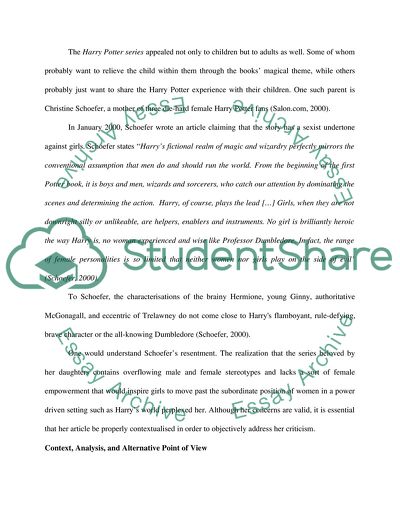Cite this document
(“The Battle Continues: Harry Potter and the Attack of the Muggles Essay”, n.d.)
The Battle Continues: Harry Potter and the Attack of the Muggles Essay. Retrieved from https://studentshare.org/literature/1563800-the-battle-continues-harry-potter-and-the-attack-of-the-muggles
The Battle Continues: Harry Potter and the Attack of the Muggles Essay. Retrieved from https://studentshare.org/literature/1563800-the-battle-continues-harry-potter-and-the-attack-of-the-muggles
(The Battle Continues: Harry Potter and the Attack of the Muggles Essay)
The Battle Continues: Harry Potter and the Attack of the Muggles Essay. https://studentshare.org/literature/1563800-the-battle-continues-harry-potter-and-the-attack-of-the-muggles.
The Battle Continues: Harry Potter and the Attack of the Muggles Essay. https://studentshare.org/literature/1563800-the-battle-continues-harry-potter-and-the-attack-of-the-muggles.
“The Battle Continues: Harry Potter and the Attack of the Muggles Essay”, n.d. https://studentshare.org/literature/1563800-the-battle-continues-harry-potter-and-the-attack-of-the-muggles.


